Describe Two Methods We Have Used to Detect Large Exoplanets
A transit occurs when a planet passes between a star and its observer. Transits within our solar system can be observed from Earth when Venus or Mercury travel between us and the Sun.

Indian Astronomers From Iia Bengaluru Find New Method To Study Exoplanets Atmosphere
The radial velocity method.
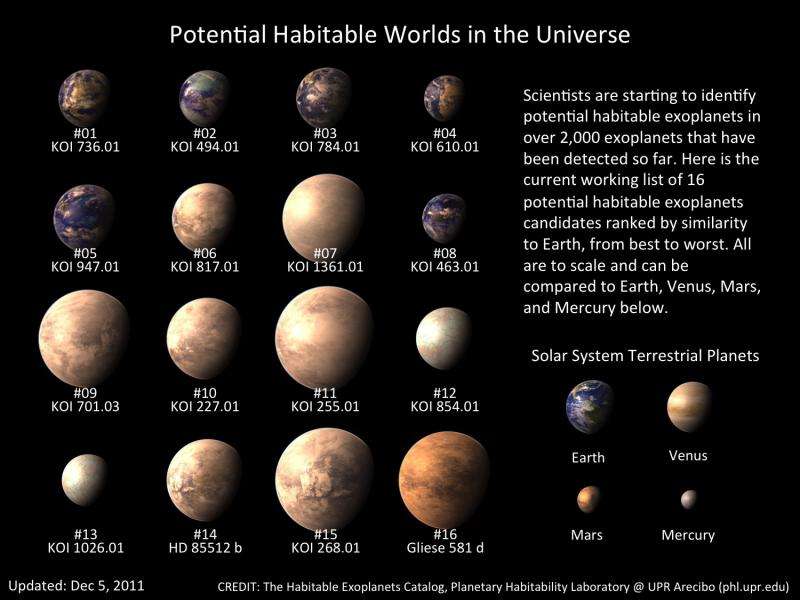
. In principle the techniques are complemen-. Use a computer to remove all light from the picture only remove pixels that have light. A star moving toward the earth would display a.
Detected the first exoplanets. And the second more popular are indirect methods which means that we have to collect and analyze different data from the star and determine if the data show us the presence of the. Currently there are two major Doppler methods.
When exoplanets move across the star the brightness is reduced. Elizabeth Answeregy Expert. One using high resolution cross-dispersed echelle spectrographs the echelle method and the other using dispersed fixed-delay interferometers the DFDI method.
Eventually astronomers hope to be able to isolate either the light being reflected by exoplanets or the thermal infrared radiation emanating from the planetary surface itself. These methods are all referred to as indirect methods. Exoplanet Travel Bureau This set of travel posters envision a day when the creativity of scientists and engineers will allow us to do things we can only dream of now.
Wobble method for detecting exoplanets Star and the exoplanet are travelling around a shared centre of mass. Describe the three main methods used to find exoplanets. The two main indirect methods used to detect the exoplanets are Doppler method and transit method.
Doppler spectroscopy and astrometry SIM measurements can be used to search for any giant planets that might also be in the systems discovered using photometry. For example Doppler and transit techniques preferentially detect planets that orbit closer to their host stars and are larger in mass or size while microlensing as- trometry and direct imaging are more sensitive to planets in wider orbits. When the mass of an exoplanet is large relative to the mass of its star there is the potential for us to find a wobble in this.
At the present time several different indirect methods have yielded success. Gravitational microlensing chance alignment reveals planet While both the radial velocity and transit methods rely on detecting variations in light from the star a completely different method uses the effect of gravity on light. There are direct methods where we directly observe the exoplanets near the stars with the telescope.
Michel Mayor and Didier Queloz found the first acknowledged exoplanet using this method in 1995. Both methods have been successfully used for detecting new planets eg Butler et al. As seen in Graph 1 scientists have been able to detect a large variety of planets over the years.
Detection technology covers not only the pulsar timing method a nd the radial velocity method that. It also covers the newly develop ed. When the exoplanets gravity affects them.
Strange New Worlds Explore an interactive gallery of some of the most intriguing and exotic planets discovered so far. Regular Patterns of blueshift and redshift. An exoplanet is a planet that is outside of our solar system orbiting another star and so far at 15012017 3560 exoplanets have been detected 1Currently with modern technology the two main ways of detecting an exoplanet is using either the radial velocity.
2006 for a summary of exoplanets detected by the. Three methods of exoplanet detection. Most known exoplanets have been discovered using the transit method.
It has since been used to locate 863 extrasolar planets as of November 2019. Radial velocity method transit method direct detection. Exoplanets that can most reliably be seen by telescopes are large like Jupiter and very hot so that they give off their own infrared radiation which can be detected by telescopes and used to.
Use a very large telescope to take a picture of a star. There are three methods to detect exoplanets- Doppler method transit method or eclipse method and direct observation method. Gravitational microlensing was predicted by Albert Einstein in his general theory of relativity.
Contents hide 1 Established detection methods 11 Radial velocity 12 Pulsar timing 13 Transit method 131 Transit timing variation method TTV and transit duration variation method TDV 14 Orbital phase reflected light variations 15 Gravitational microlensing. The methods in question are. The first discovery of exoplanet was with the Doppler method in 1995.
A discussion and comparison of the radial velocity method and the transit photometry method of detecting exoplanets. It is extremely tough to do but possible with big ground telescopes or telescopes in space. Since the orbital inclination must be close to 90º sin i1 to cause transits there is very little uncertainty in the mass of any giant planet detected.
A technique used to detect extrasolar planets by observing Doppler shifts in the spectrum of the planets star. Her is a method to find exoplanets maybe nobody has thought of.

A New Method To Study The Environment Of Exoplanets Tech Explorist
Overview Planet Types Exoplanet Exploration Planets Beyond Our Solar System

Pin Af Melanie Wormald Pa Cosmos
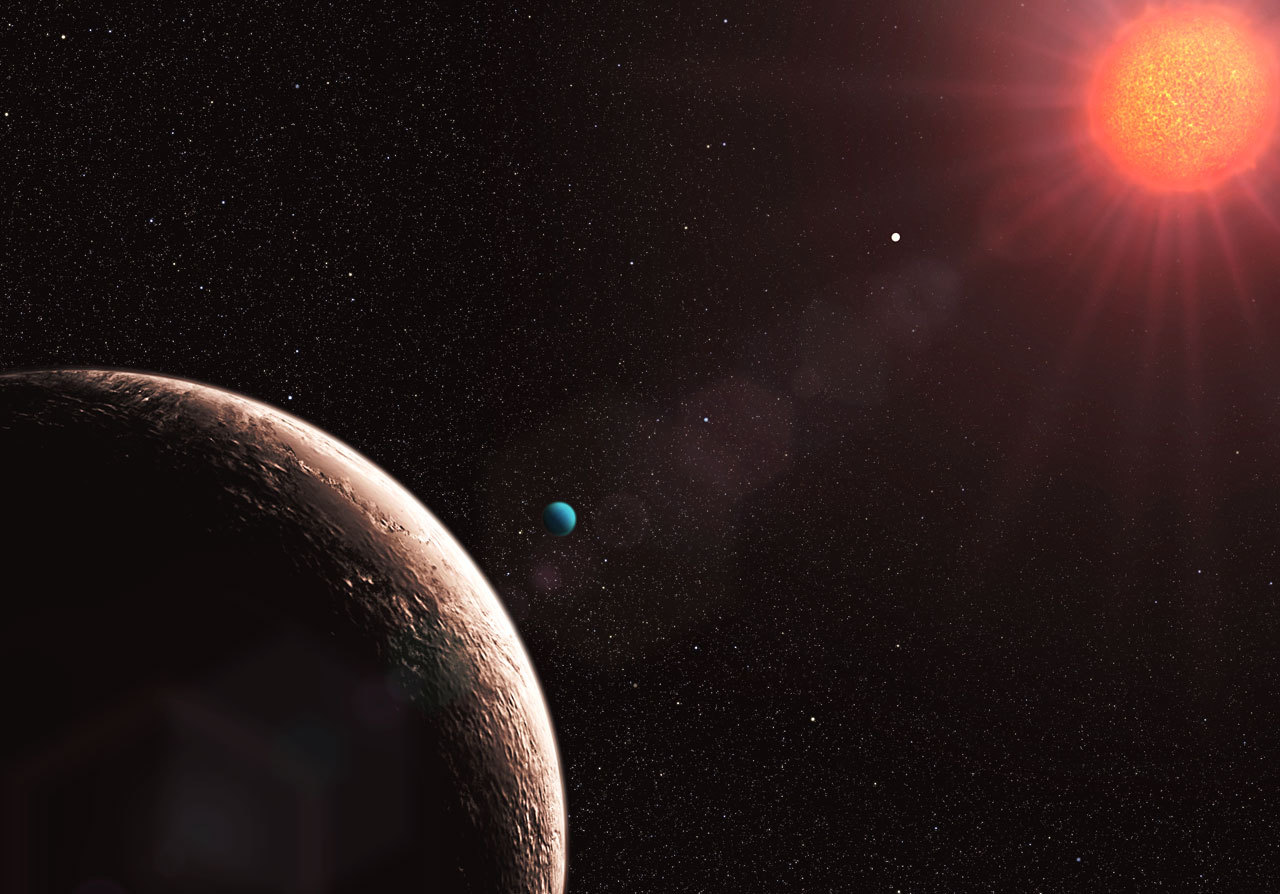
Detecting Biomarkers On Faraway Exoplanets Exoplanet Exploration Planets Beyond Our Solar System
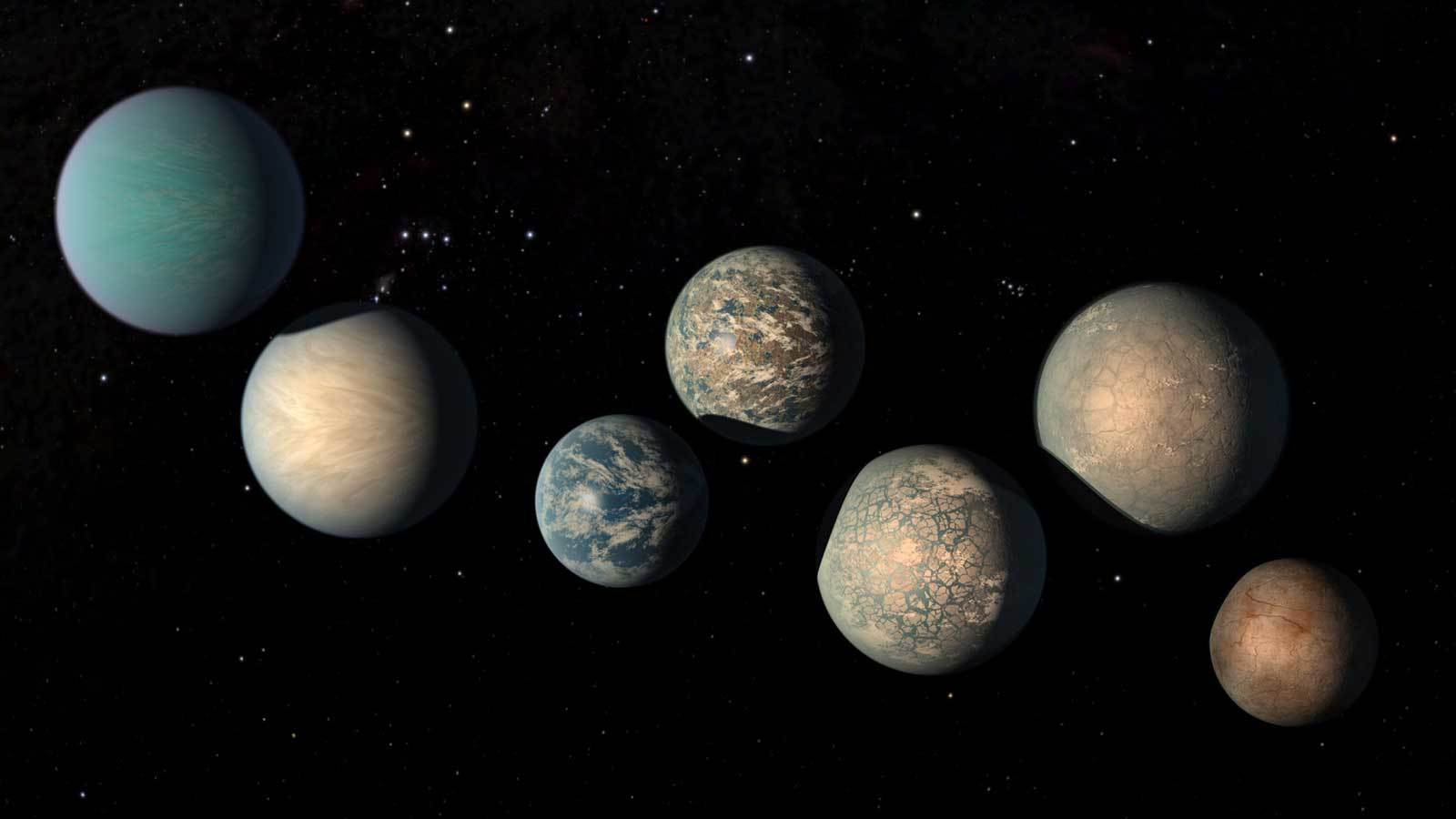
10 Things Spitzer Taught Us About Exoplanets Exoplanet Exploration Planets Beyond Our Solar System
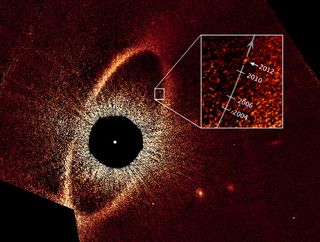
Direct Imaging The Next Big Step In The Hunt For Exoplanets Space

Esa Science Technology Exoplanet Detection Methods

How Do Astronomers Find Exoplanets Space Earthsky

What Is An Exoplanet Exoplanet Exploration

Explainer How Do You Find Exoplanets
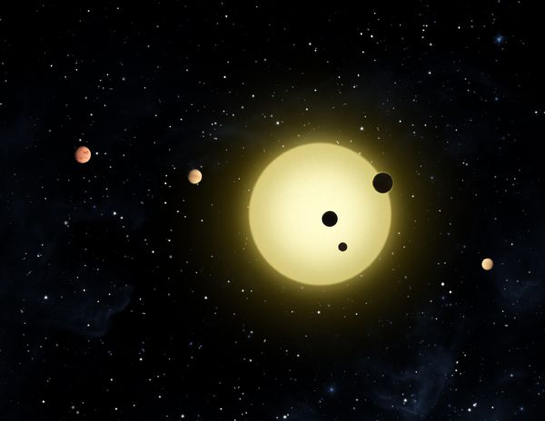
What Is An Exoplanet Nasa Space Place Nasa Science For Kids

Amazing Photo Shows Likely Alien Planet 1 200 Light Years Away Alien Planet Light Year Planets
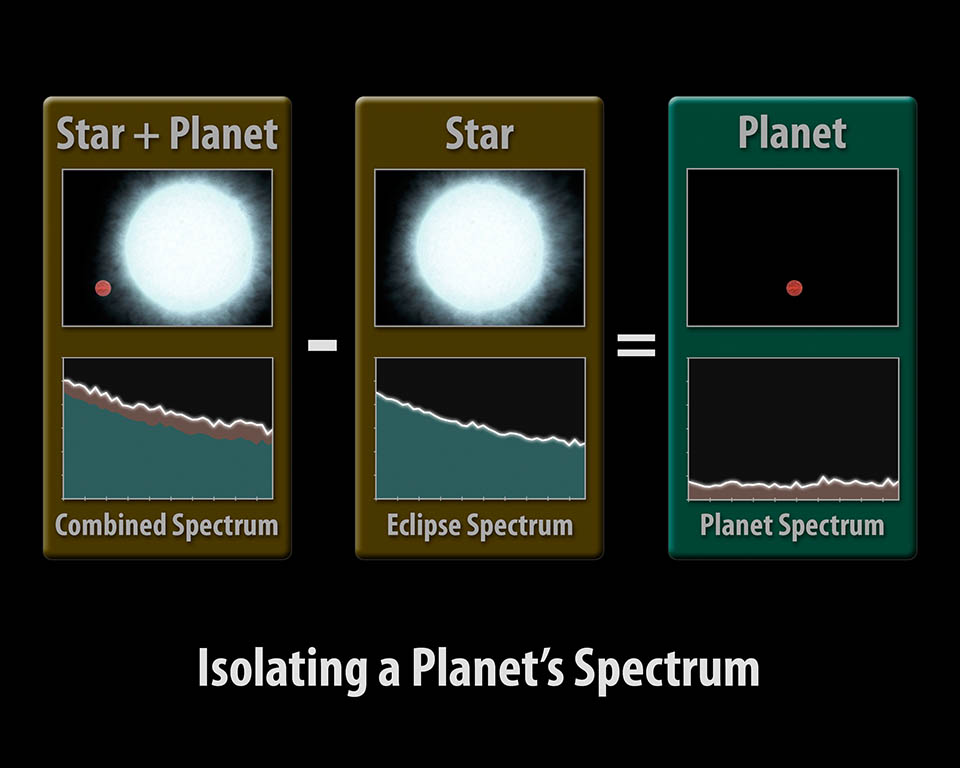
Isolating A Planet S Spectrum Exoplanet Exploration Planets Beyond Our Solar System

Exoplanets National Geographic
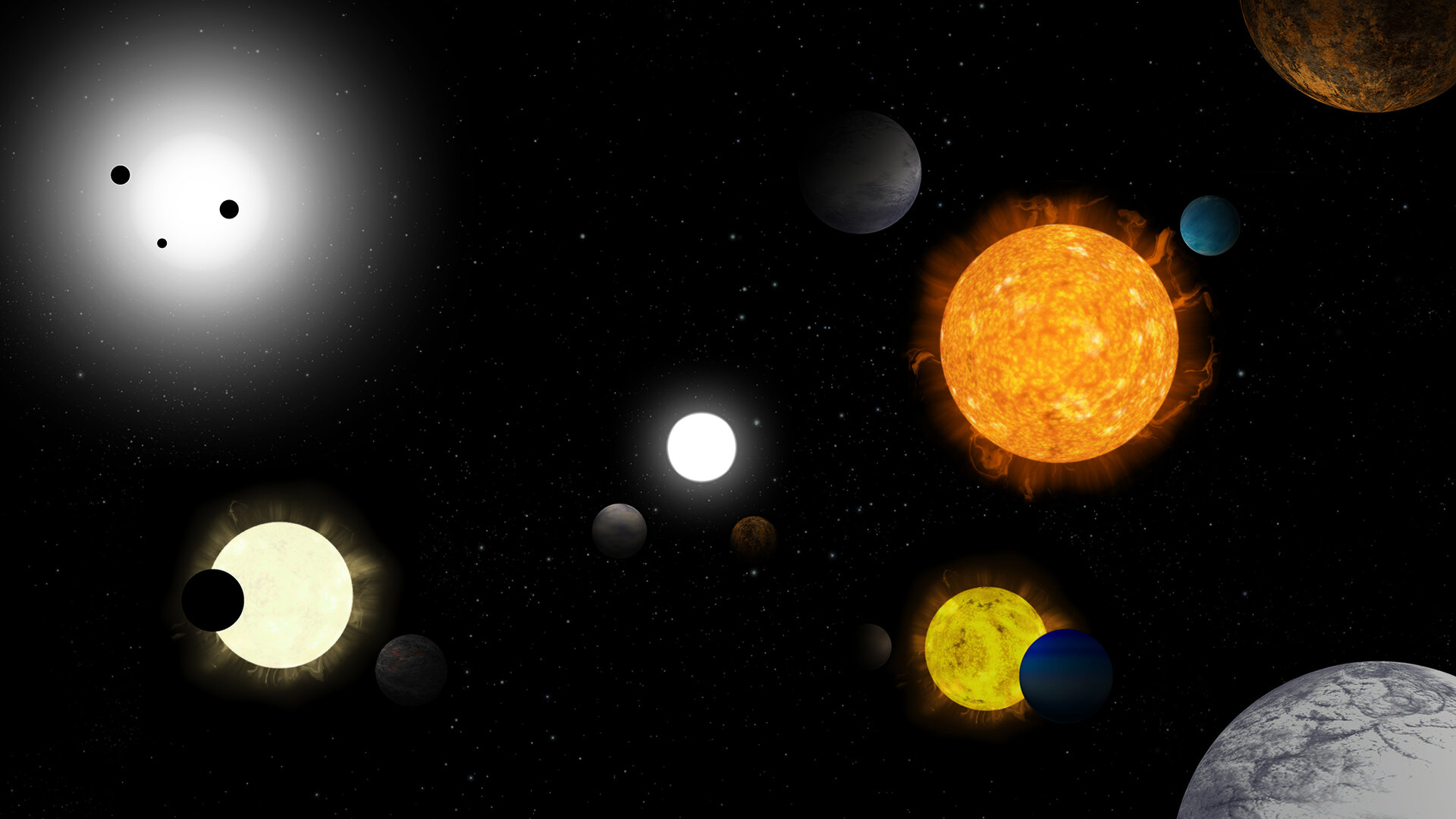
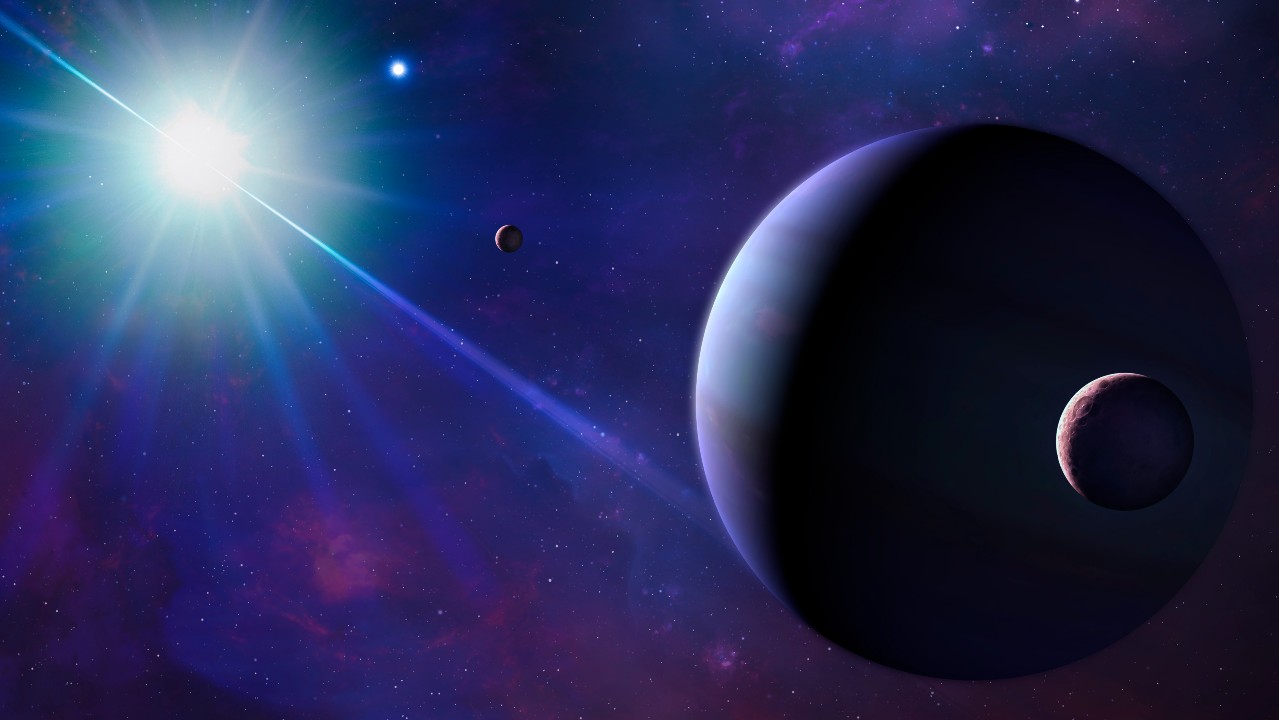

Comments
Post a Comment